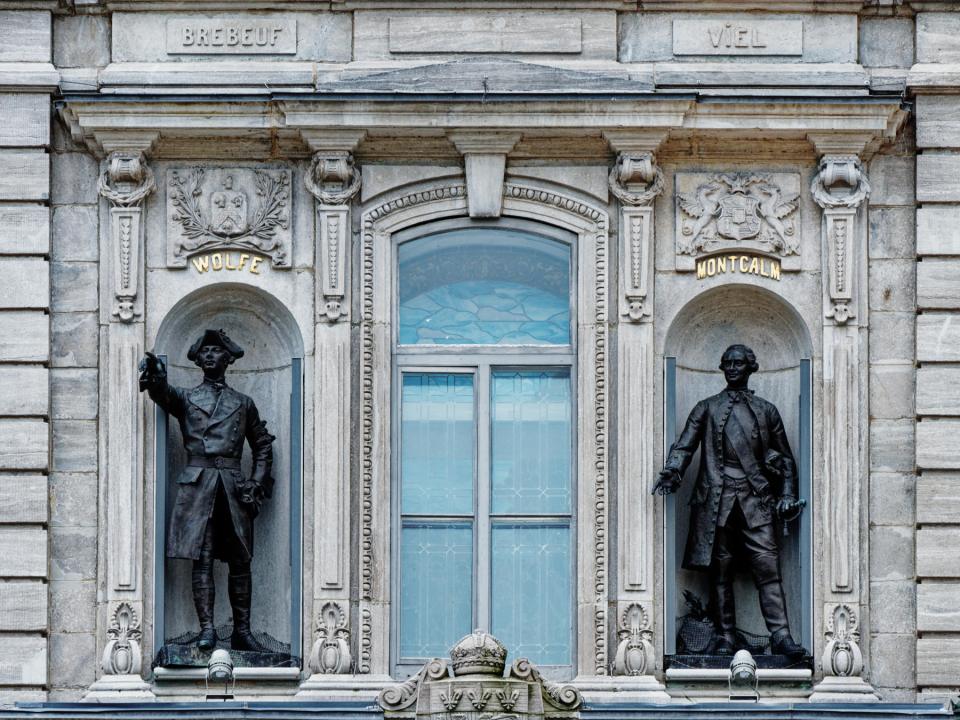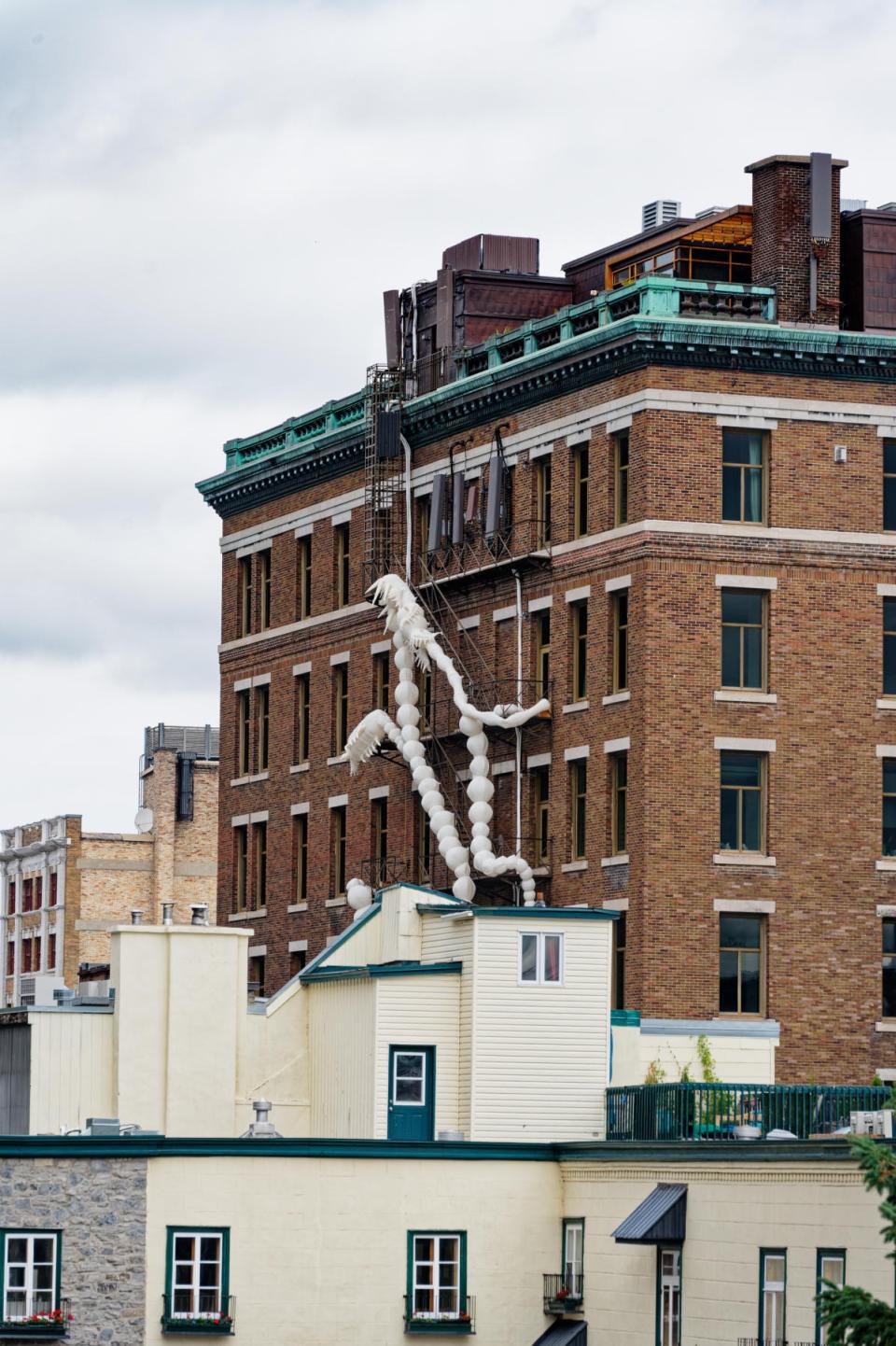Friday 19 September 2025 – We’ve had a day wandering round Bucharest and my brain’s full. In a single post, it’s impossible to do it justice, so basically here are some random jottings from the day. We started with a guided walking tour, a goup of 12 of us, steered and educated by Horia,

who led us through five kilometres of huge architectural variation and 20 centuries of turbulent history. When explaining how the country of Romania and the city of Bucharest have developed, his explanations almost always started, “It’s complicated….”. Frankly, given the history, I’m not bloody surprised.
- Firstly, it was under the Romans in the 2nd and 3rd centuries and called Dacia (that’s pronounced Dachier, not Daysier, btw, so you can correct people’s pronunciations when they talk about Dacia Duster cars).
- Then the Romans withdrew, as you do when your empire collapses (UK, look out!) and there were waves of Goths, Huns, Slavs and any number of other barbarians passing through.
- By the 13th or 14th century, the area consisted of three principalities – Wallachia in the south, with Bucharest as capital; Moldavia in the east; and Transylvania, which was controlled by Habsburgs from Hungary. Don’t confuse Moldavia with modern Moldova, which is a real country and which occupies some of the area called Moldavia. Come on, keep up at the back.
- From the 14th century, the Ottomans got into the act, expanding into the Balkans from Turkey until their influence butted up against Christian Europe as they squeezed Wallachia and Moldavia.
- In the 15th century, Wallachia became a vassal state of the Ottoman empire, which meant it was largely left alone but compelled to pay tribute in funds and military support. Occasionally the locals resisted this liability, as you might understand, and the Ottomans responded by invading. The most notable rebel was one Vlad Țepeș; yes, “Vlad the Impaler”, who was the most effective leader of resistance.
- Vlad, Horia told us, was in charge of an army numbering 5,000 which successfully repelled an Ottoman force ten times as large. He exploited Bucharest’s location – a swampy forest, basically, and used lepers and plague victims as soldiers – the first use of bacterial and biological warfare? Ottoman soldiers were reluctant to engage, ran away and were easy to trap in the forests, where they were impaled. Vlad invented a new and more brutal way of impaling victims so that they tended to die more of dehydration than of being actually, you know, impaled, and then left them in the forest as a warning to the Ottomans. Psychological warfare: nasty, but effective. Despite this resistance, Wallachia remained a vassal state to the Ottomans.
- In the 19th century, Romania sought indepence, and fought with Russia against the Turks to fight free of the Ottomans, becoming a kingdom under King Carol 1 in 1881.
- After the first World War, Transylvania became part of greater Romania.
- In the second World War, Romania allied with Germany, but then switched sides at the end, allowing a Soviet takeover in the aftermath of the war. Ceausescu at first worked for independence from the Soviet regime, but turned into a harsh dictator, equivalent, in Horia’s view, to how North Korea is today
- Eventually, the people got fed up with Ceausescu and rebelled in 1989. Since then it has officially been a democracy, but Horia was firmly of the opinion that elements of the Ceausescu regime managed to stay in control, and today’s Social Democratic party is their legacy; corruption and incompetence are marring Romania’s efforts to be a modern, efficient country.
We started the tour just outside Hanul Manuc, the restaurant we’d eaten at yesterday evening. Just there is the St. Anthony church and the remnants of Vlad’s castle

which are being developed as a museum. The restaurant itself used to be a caravanserai, a place where merchants would come and stay to do business, for days or even months, before moving on. The caravanserai occupied what is now the courtyard that we ate in. Interestingly, the paving leading into it

is not stone, but wood.

Apparently, much of Bucharest was once paved with wood, although not of this high quality.The route of our tour led us through the Old Town, some of which remains, but much of which was demolished in the communist era.
I found the place impressive but dilapidated. There were many fine buildings, and much evidence of the French influence that led to Bucharest being called “Little Paris” in the 19th century

Victoria Shopping Centre

Palace of the Deposits and Consignments – a banking hall

City Library

Military College

Athenaeum
but there are many places where the architecture is a tortured mix of the classical and the communist era.


Some buildings have a distinctive red disc on them


which means that they are at risk of falling down if there’s another earthquake (there was a big one in 1977 which destroyed a lot of Bucharest, but not as much as the communists did, apparently).Many of these fine buildings are really quite dilapidated, Horia suggested that this is a combination of neglect under the communist regime (if they didn’t actively tear them down) and current private ownership which has neither the funds nor the will to pay for the upkeep.That said, there are many quirky corners of the old town.





and its streets are thickly populated with bars and restaurants.



There is so much to the old town that I can’t possibly do it justice without you drowning in photos, but it’s a great place to walk around, with a lively vibe – and plenty of crowds.The other thing there are a lot of is churches; Romania is a very religious country, as we saw in the devoted obeisances paid by people in the churches we visited. Some were in the old town, some outside that area. A big attraction for tourists and locals alike in the old town is the church of the “Stavropoleos” Monastery, which is beautifully decorated outside


and in.



Of course, the communist era ranked very highly in Horia’s itinerary. We visited Revolution Square, site of what was the Romanian Communist Party Central Committee building (now the Ministry of the Interior)

where one can see the balcony from which Ceausescu gave his final speech before realising that there was going to be an uprising which would unseat him.


I remember seeing the news coverage of that speech, and the look of panic on his face as he realised that he’d lost control of the people and that the peasants really were revolting.We passed the Palace Hall, a 1960s communist era building

which now bears the scars of the revolution that unseated Ceausescu in the form of bullet holes.

It’s not the only building with bullet holes scarring it – there are others, reflecting the desperate efforts of Ceausescu to retain power by ordering his troops to gun down the rebels, which only delayed his unseating by one day – but it was a very bloody day.Our tour ended at the parliament building, which is simply immense – the heaviest building in the world and largest apart from the Pentagon, apparently.

It was started in 1984, in the Ceausescu era and by the time he was deposed it was 70% finished and by then more costly to destroy than to finish. Accordingly, it was finished in 1997, and now has some 4,000 rooms in it. As well as serving as police, military and secret service headquarters, it apparently pays its way through tours, exhibitions and other events, but consumes a significant portion of the city’s electricity if all the lights are on.Other churches we visited included the Cathedral of the Patriarchy, which is south of the old town and is a striking building with a beautiful courtyard beside it.


Inside is, like the others we visited, elaborately decorated.

Back in the old town we also visited the Russian Orthodox church of Saint Nicholas,

another building which is beautifully appointed outside and in.
A few other photos from our walking around the city.
The last thing we did was to take an early dinner at another of Bucharest’s famous eateries, Caru’ cu bere, the Beer Cart, the “7th Most Legendary Restaurant in the World”. We’ve been legendary on two days running, and I can tell you it’s quite tiring and very filling. The interior of the place is extraordinary.

We indulged in more traditional Romanian sausages and much photography whilst we were there. Apart from walking back to the hotel to try to work off some of those sausages, this was the last thing we did in Bucharest. Tomorrow, we leave for parts more northerly, where Vlad’s name crops up again, as well as another famous character, about whom we will, I’m sure, learn more when we get there. Why don’t you join us?










































































































